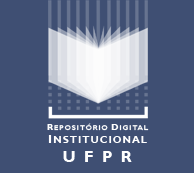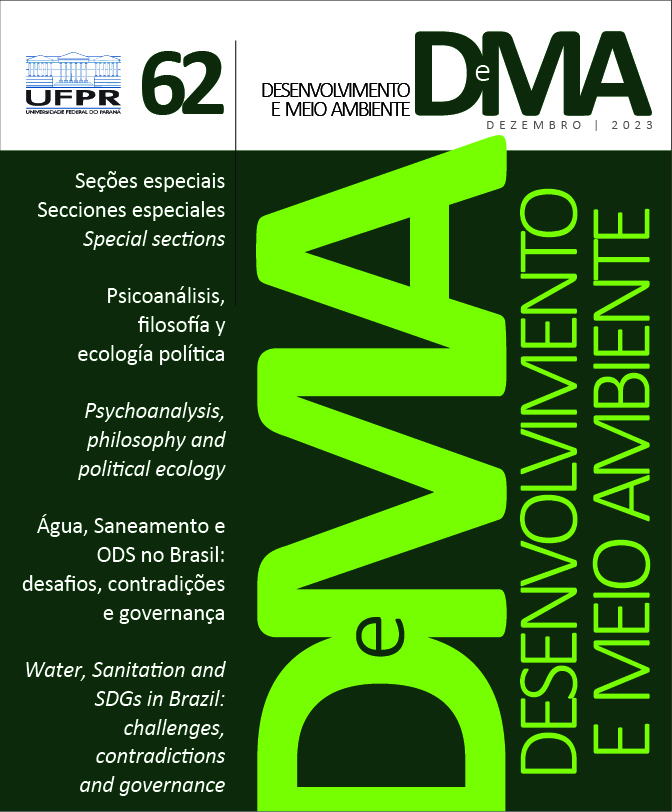Proposition of a hydro-economic model applied to the water conflict in the Alto São Marcos to optimize water allocation
DOI:
https://doi.org/10.5380/dma.v62i0.80594Palavras-chave:
hydro-economic model, water allocation, São Marcos River, economic value of water, water conflict, nonlinear programmingResumo
The use of water as the main input for agricultural and livestock production and electricity usually reveals conflicts between the demanding sectors when it is relatively scarce. In this scenario, the conflict in the Alto São Marcos basin is notable in Brazil due to the inefficiency of meeting the demand for water for the irrigation and electric sector, involving the national domain, the states of Minas Gerais, Goiás, and the Federal District. Thus, the objective of this work is the construction and application of a hydro-economic model that optimizes the allocation of water between these sectors and has as a parameter the economic value of the resource defined by the maximization of intersectoral profits. The methodology employed was inspired by the works proposed by Fujisawa (2016) and Silva (2017), using non-linear programming under the contour conditions of Karush-Kuhn-Thucker (1951) in a deterministic scenario. An objective function is proposed that minimizes the operational cost of a scarcity of irrigated perimeters while maximizing the economic benefit of energy production. The data used are derived from ANA (National Water Agency) regulations and the hydroelectric plant's operating history made available by ONS (National System Operator) and CCEE (Electric Energy Trading Chamber). From the results obtained, there was a reduction in the value of water for irrigators, considering the value once delimited by the real dynamics, under the equivalent availability of inputs, an indication of the efficiency of the proposed seasonal dynamics. However, despite the economic rationale inserted, the reproduction of the prioritization of use for the irrigating sector, within the established limits, penalized the remuneration and generation of Batalha HPP. Thus, the aim is, through modeling, to contribute to the measurement of the economic effects of the negotiated allocation of water.
Downloads
Publicado
Como Citar
Edição
Seção
Licença
Os Direitos Autorais sobre trabalhos publicados nesta revista são do autor, com direitos de primeira publicação para a revista. O conteúdo dos trabalhos publicados é de inteira responsabilidade dos autores. A DMA é um periódico de acesso aberto (open access), e adota a licença Creative Commons Atribuição 4.0 Não Adaptada (CC-BY), desde janeiro de 2023. Portanto, ao serem publicados por esta Revista, os artigos são de livre uso para compartilhar (copiar e redistribuir o material em qualquer suporte ou formato para qualquer fim, mesmo que comercial) e adaptar (remixar, transformar, e criar a partir do material para qualquer fim, mesmo que comercial). É preciso dar o crédito apropriado, prover um link para a licença e indicar se mudanças foram feitas.
Os conteúdos publicados pela DMA do v. 53 de 2020 ao v. 60 de 2022 são protegidos pela licença Creative Commons Atribuição – Não Comercial – Sem Derivações 4.0 Internacional.
A DMA é uma revista de acesso aberto desde a sua criação, entretanto, do v.1 de 2000 ao v. 52 de 2019, o periódico não adotava uma licença Creative Commons e, portanto, o tipo de licença não é indicado na página inicial dos artigos.






